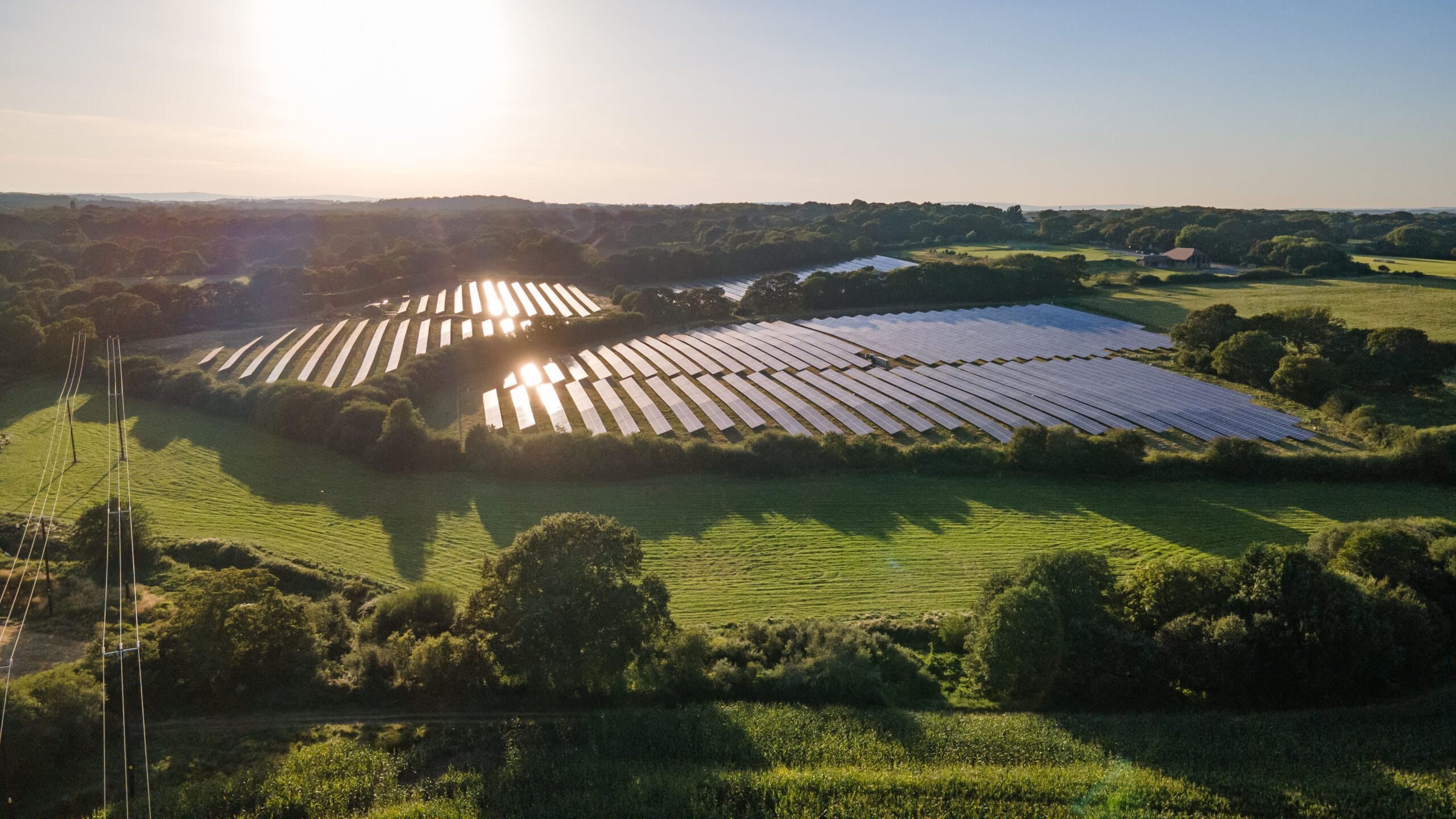E’s the way to go
The increasingly popular sport of Formula E motor racing returned to London in July 2016, when the city hosted the final two events of this year’s FIA Formula E Championships. ‘E’ stands for ‘electric’, as only electric-powered cars can be driven in the race. Unlike Formula 1, Formula E tracks tend to be city street circuits, allowing fans to get close to the action.
Motion Director Jerry Muscroft was part of the team that worked on the London circuit. He describes the challenges of designing for Formula E. “There are a number of factors we take into account when determining whether a site is suitable as a circuit or not. The proposed route needs to be approximately 2 – 3 km in length – shorter than a traditional Formula 1 circuit. Roads must be at least 10 metres wide. The circuit must have high quality road surfaces and the right camber for Formula E cars.”
Jerry continues, “It’s not just the technical considerations that we examine. The host country and city are often using the event to showcase the location. We consider whether there are particular vistas or landmarks that the host wants to highlight to television audiences. The designs will also include the positioning of safety barriers, pits, the press stand, hospitality suite and the grandstands, to ensure that they are optimally located.”
Motion has conducted feasibility studies for a number of potential Formula E circuits in Malta and South Africa.
This article first appeared in the Summer 2016 issue of Insight.
Image copyright: Formula E



